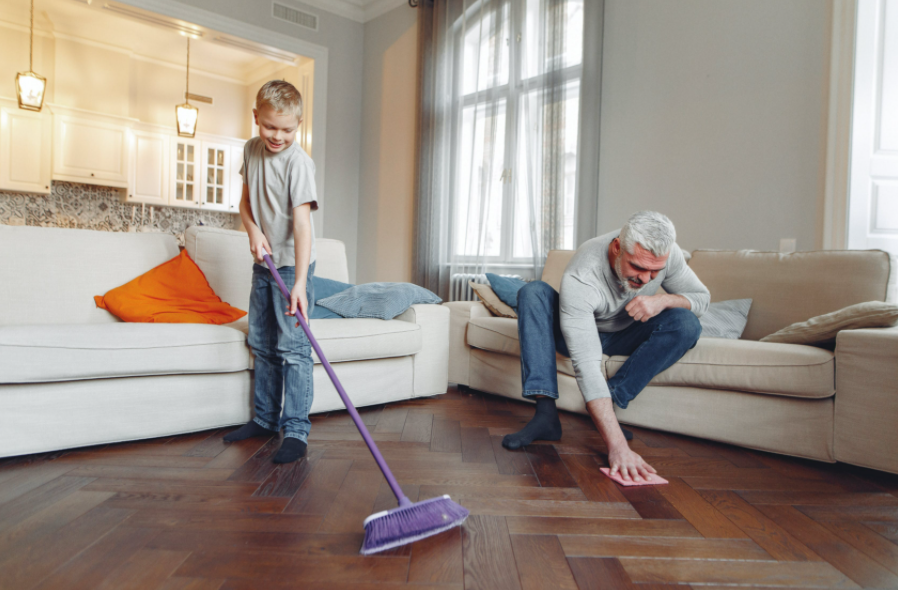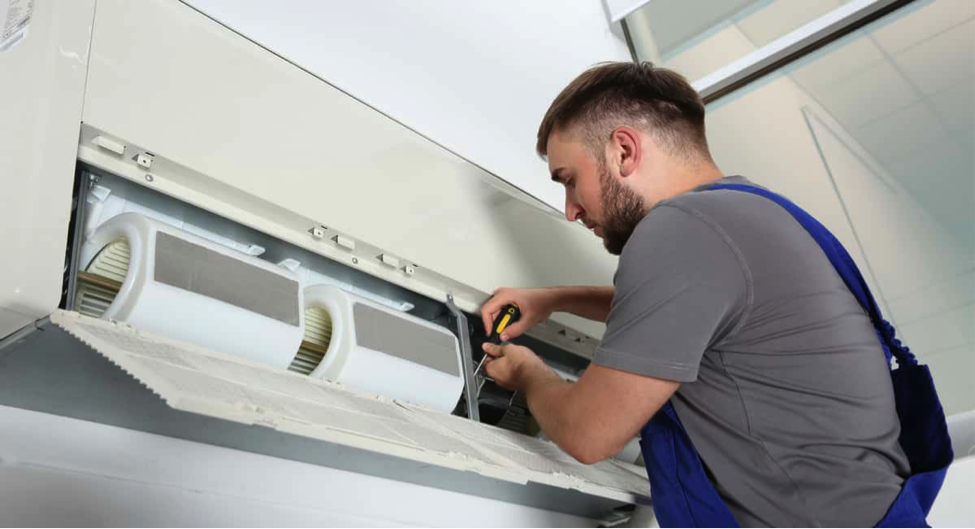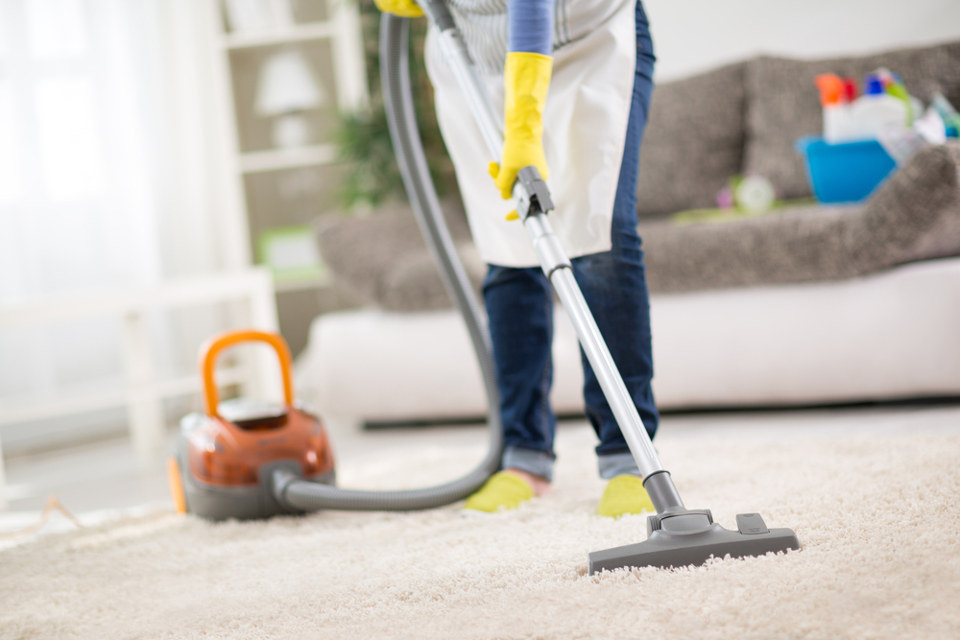Leaving Gutters Clogged Puts Your Basement at Risk
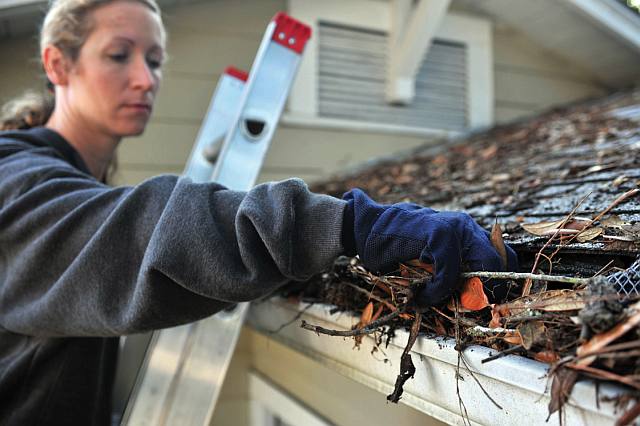
You may want to check your clogged gutters before they lead to any problems! Here’s why!

Photos By: Freepik
an clogged gutters lead to basement flooding and foundation destruction? Absolutely. No one with a basement wants to go down the stairs one day and find the lower level swimming in a foot or two of water, but that can easily happen with clogged gutters. How? What in the world would cause gutters which are on the roof and side of the house to affect the basement underneath a home? The issue has to do with a buildup of water, which can easily happen when gutters are clogged and it’s raining heavily. Even a basement sump pump won’t be enough to offset the inflow of rainwater from a strong storm lasting all night long, and if the power goes out, good luck.
Water Can be Incredibly Damaging in a Short Amount of Time
When a gutter gets clogged, it starts to act like a container, holding more and more water as the drainage off the roof builds up. Water generally weighs about 8 lbs. per gallon, which can increase rapidly and build pressure. Heavy rains drop a tremendous amount of water over their duration, and a house roof captures a lot of it. Water doesn’t compress, so the gravity impact that occurs compounds with each gallon added to the buildup. Eventually, all that water either busts through and rushes down the gutter, overflowing the drain spout at the bottom, or it overflows the gutter itself and rains down on the side of the house. Both will saturate the immediate ground quickly and start to seep through basement walls into the basement itself. Cement is porous, and water will flow through it overnight. The immediate drain water never makes it to the street gutter because the ground lets it seep through faster.

Poor-condition roof gutters can also be a big problem. Normally, when gutters are horizontal and level, the water flows off the roof, through them to the sides, and then flows to the ground via the downspout channels. However, if a gutter is sagging in the middle, that will create additional weight and hold the drain water back. When the sagging gutter section gives or overflows, the water again goes to the immediate, nearby ground below and eventually through the basement wall of the home.
Dropping water also causes immediate damage and more problems, especially if a home is more than one story. If the water falling off a roof versus flowing with a gutter lands on earth, it will create a deep trench in a matter of minutes. Since that trench has nowhere to go to overflow, the trench will catch the runoff and any other water coming down in it and soak downward. That too will eventually seep into the basement next to the trench outside. A good amount of flooding on the immediate ground can also create problems for homes with leach fields, causing related sewer systems to back up as well. That too can back up into the basement, being the lowest point of gravity in a home.
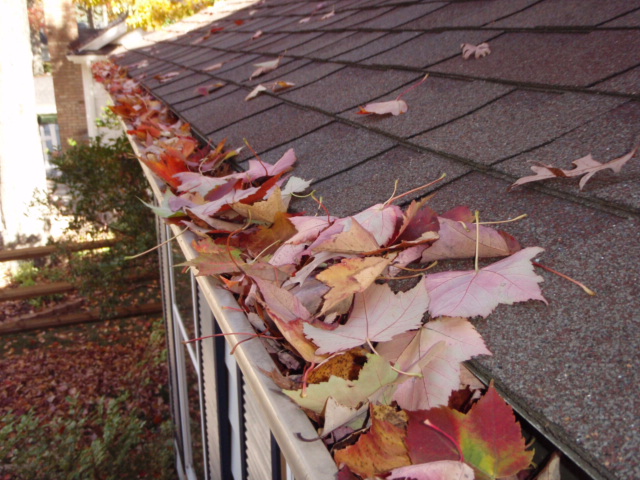
An Ounce of Prevention With A Debris-Blocking Design
However, all of the above problems can be avoided with a bit of prevention and installing a K-Guard Leaf Free Gutter System. The design of this product is specifically created to avoid clogged gutters. That means water continues to flow smoothly through the gutter system without debris, down to the ground and out to normal drainage and street gutters away from the house. Given how much it could cost to have to drain water out of a basement and then restore the level to sanitary condition again, including mold abatement and water damage, utilizing K-Guard Leaf Free Gutter System packages makes a lot of sense.


